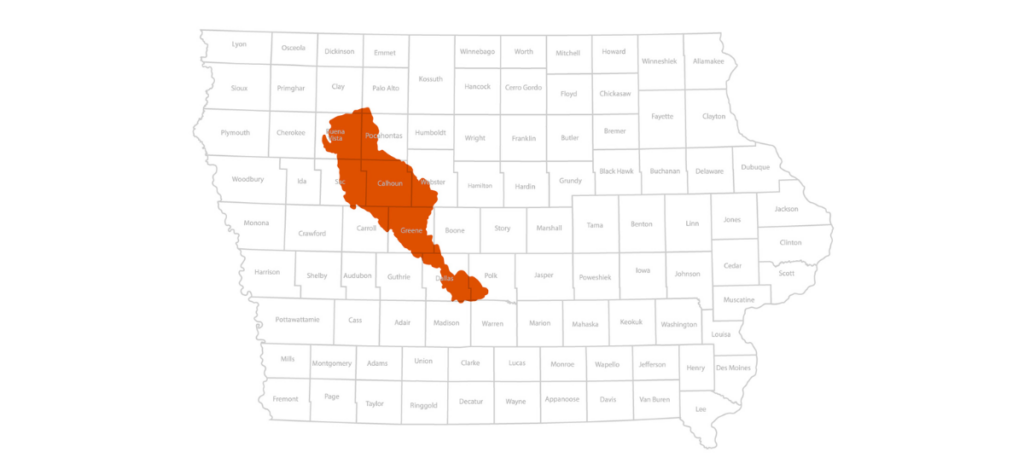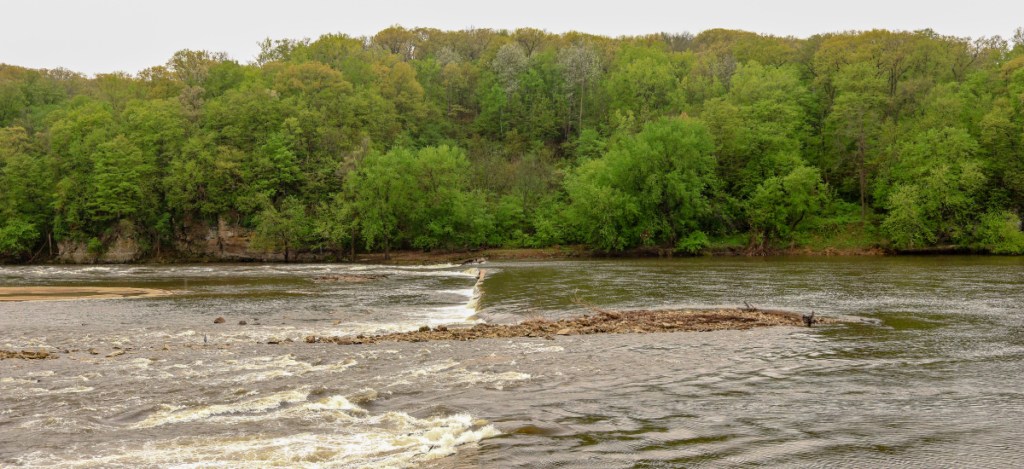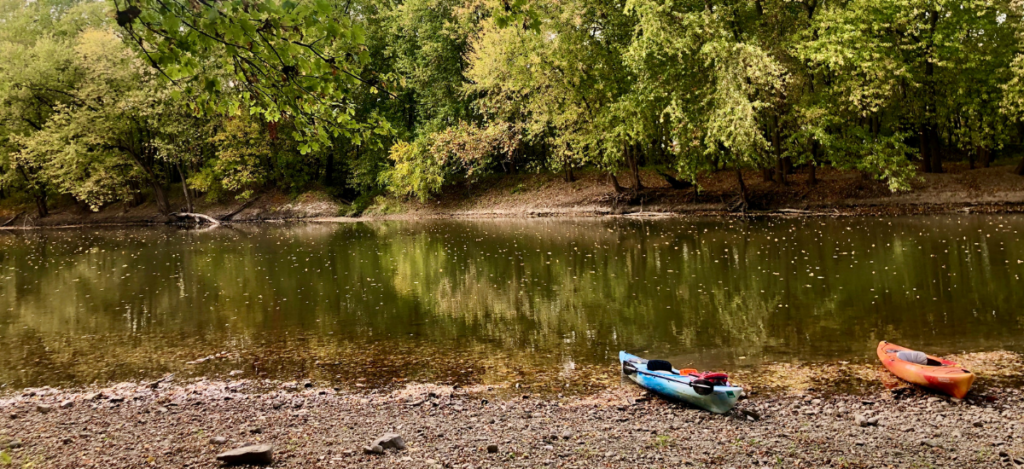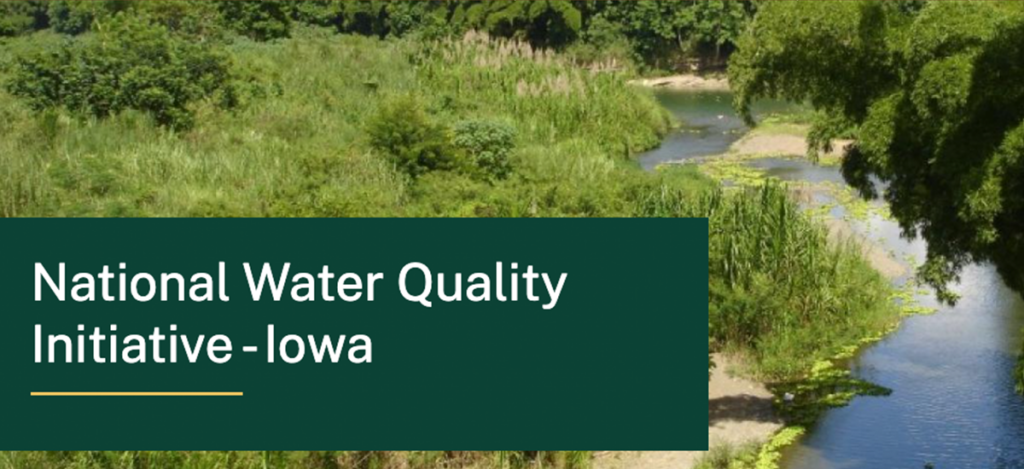The Iowa Flood Center brings innovative tools and reliable information to forefront for Iowans to help understand and prepare for floods. The IFC actively engages in flood-related projects to help Iowans mitigate flood risks and make more informed flood-related decisions.
- Residential
- Whole State
- All Counties
- Environmental Health




















